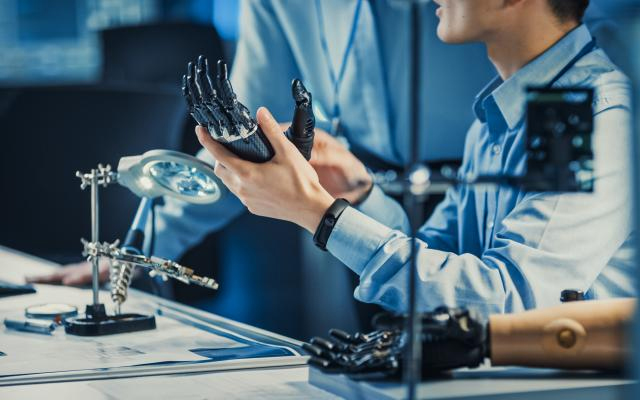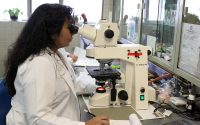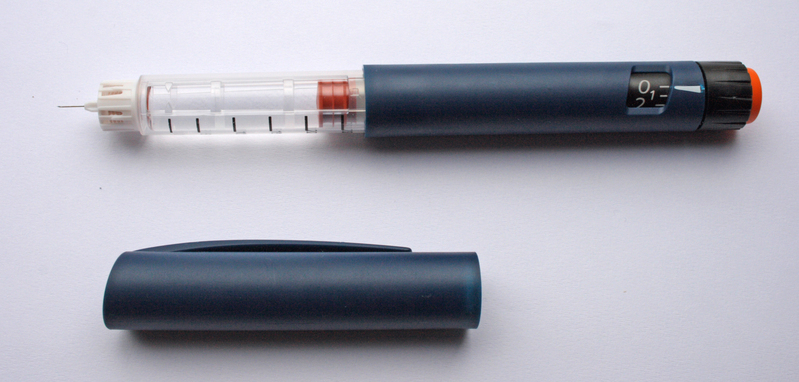The Groundbreaking Medical Equipment Revolutionizing Healthcare In 2021

New technologies are introduced into the healthcare industry almost every day. With artificial intelligence at the forefront of the future of healthcare, technological advancements are happening faster than ever before, improving treatment outcomes for patients worldwide.
Medical equipment has the power to transform the healthcare sector and provide more patients with cost-effective, life-changing treatment. In 2021, we expect to see further developments in medical equipment, including technology to combat COVID-19 and an exciting range of innovations that provide insight into the future of medical equipment.
The year ahead is looking promising for the healthcare sector. Let’s look at some of the groundbreaking medical equipment revolutionizing the industry.
Smartphone-connected pacemakers and defibrillators
Pacemakers and defibrillators are implantable devices that deliver electrodes to the heart to ensure its regularity and pump blood around the body. While a pacemaker guides the heart into steady rhythms day by day, a defibrillator is designed to restart the heart if it stops or becomes dangerously irregular.
Pacemakers and defibrillator implantables can now connect to a smartphone to monitor a patient’s heart condition without the need for bulky hardware. Data collected through the smartphone seamlessly integrates with physician software to allow remote monitoring of patients and alert them about serious events that could require hospital treatment.
AI equipment fighting COVID-19
COVID-19 has been a catalyst for several significant innovations in the healthcare industry. Artificial intelligence equipment is assisting in the fight against COVID-19, reducing transmission and improving disease management.
Thermal screening
AI thermal screening equipment detects mild to high temperatures in a fast, reliable and non-invasive way. Unlike traditional thermal imaging, AI technology can identify possible cases of COVID-19 without coming into contact with the individual. There are no limitations to AI thermal screening. It can detect elevated temperatures quickly and remotely, despite large, moving crowds or thick headgear.
Contact tracing
AI algorithms are improving contact tracing technology, using testing results and individuals’ movements to predict potential outbreaks and mitigate the spread of the virus. The AI algorithms use real-time data to improve contract tracing accuracy, providing region-based information and alerting individuals who may need to self-isolate.
Robotic exoskeletons
Cyberdyne’s Hybrid Assistive Limb (HAL) exoskeleton assists in recovery from strokes and injuries to the spinal cord and lower limbs. HAL is a system of sensors placed on a patient’s skin to detect electrical signals in their body and respond with movement in the joint.
A HAL suit is a robotic rehabilitation device that gets limbs and joints functioning again after trauma. When the connection to the brain has been damaged through injury or surgery, a HAL suit uses neural pathways to allow the patient to walk again in a supported environment.
Brain implant therapies
Retinal chips and cochlear implants have granted thousands of patients with restored sight and hearing. Further advancements now see patients with brain implants activate pathways damaged by disease, injury or surgery.
Brain implants are helping patients with Parkinson’s disease to receive pulses to the brain to control tremors. Patients paralyzed by neurological damage or spinal cord injury are also receiving brain implants to restore movement. A small chip is inserted into the brain to bring back the connection between brain and body, sending signals to limbs and joints.
Accurate, digital healthcare equipment
The ability to analyze accurate data has improved healthcare services worldwide, providing actionable insights that lead to better outcomes for patients. Digital hospital systems give medical professionals access to the information they need to make quick decisions. As the healthcare industry continues to replace manual equipment with innovative digital technology, medical data is becoming more accurate by the day.
Inaccuracies in medical data can have a catastrophic impact on a patient’s health. Digital equipment eliminates human error and improves the precision of patient information. From blood pressure monitors to medical weigh scales, digital healthcare equipment is improving speed and accuracy in the healthcare industry.
Virtual care technology
Moving to virtual healthcare services is part of the world’s efforts to adapt to the COVID-19 pandemic. As we move forward in our fight against the virus, we will see improvements in virtual healthcare technology and remote patient monitoring.
The prediction that teleconsultations will supersede face-to-face consultations has incentivized more physicians to provide the service and improve their systems for ease of use. Virtual healthcare has become a multi-faceted technology that includes all medical sectors such as general practitioners, pharmacists and mental health professionals.
Conclusion
As medical equipment continues to advance, patient outcomes continue to improve. Looking ahead into 2021, groundbreaking medical equipment will improve the lives of many patients living with medical conditions.


